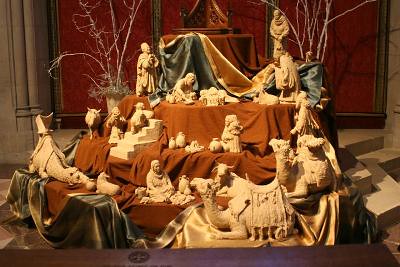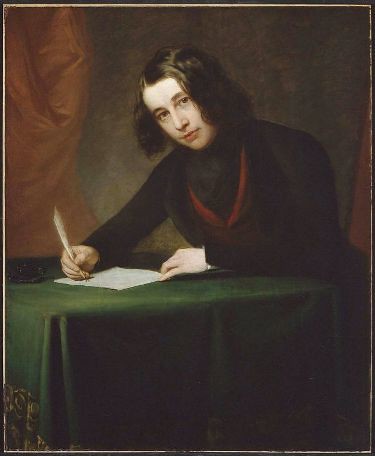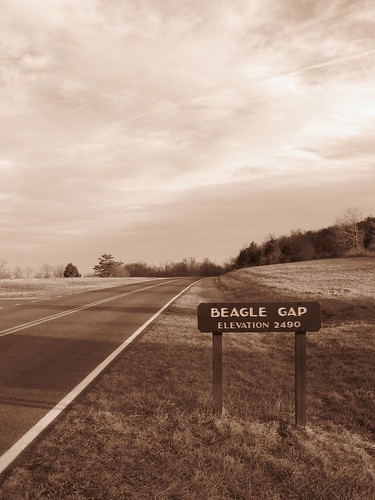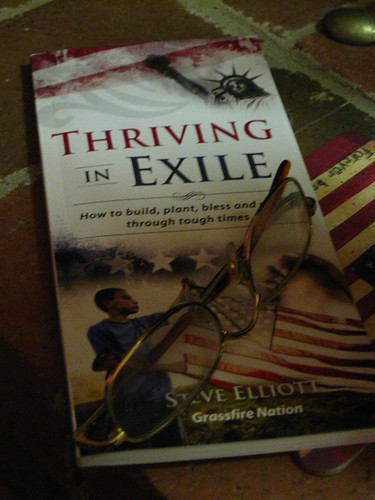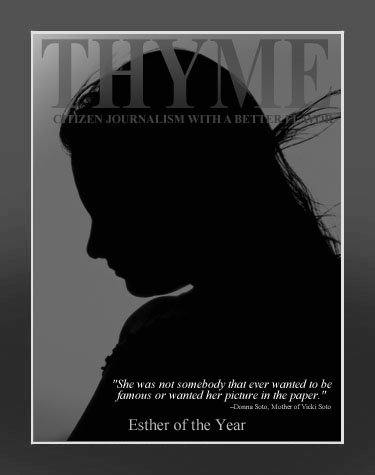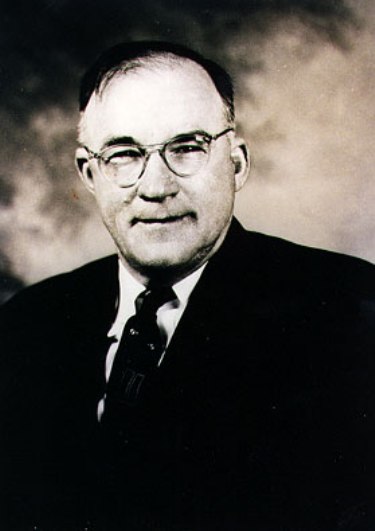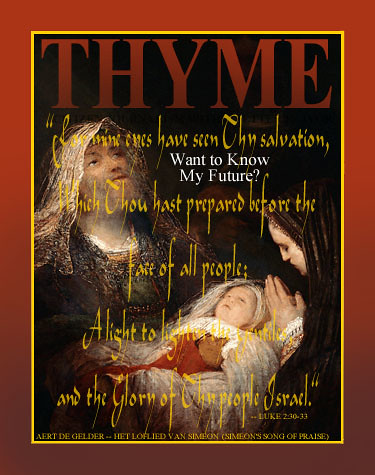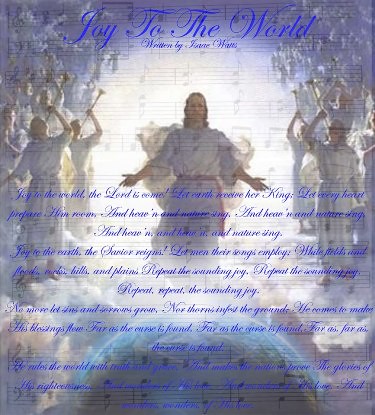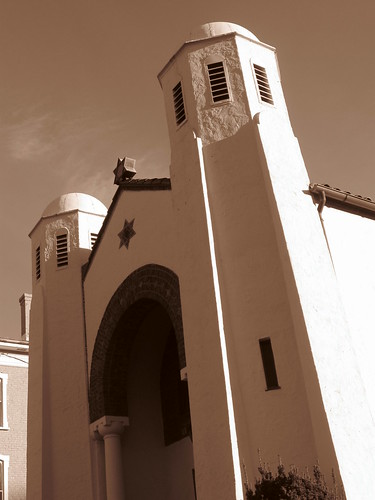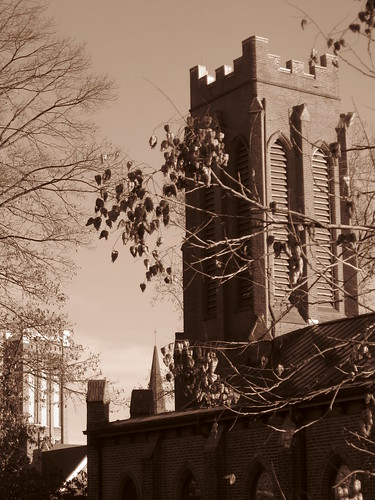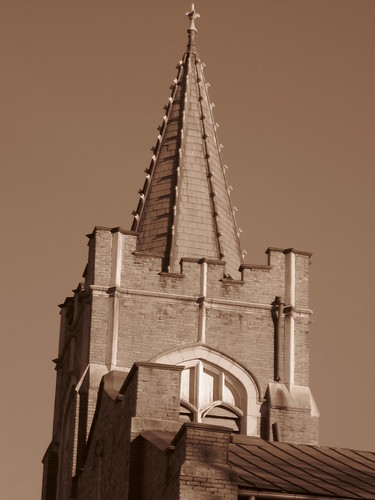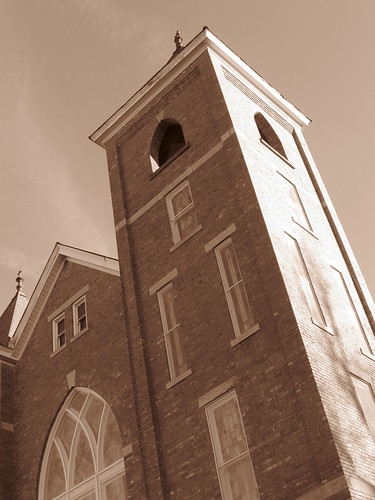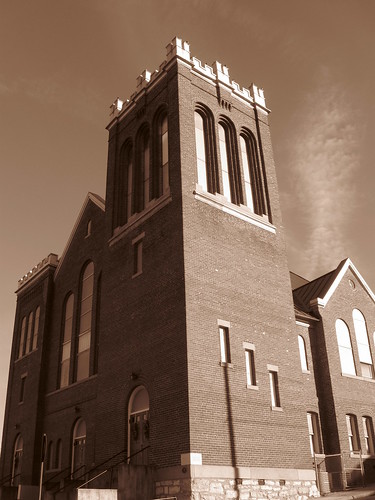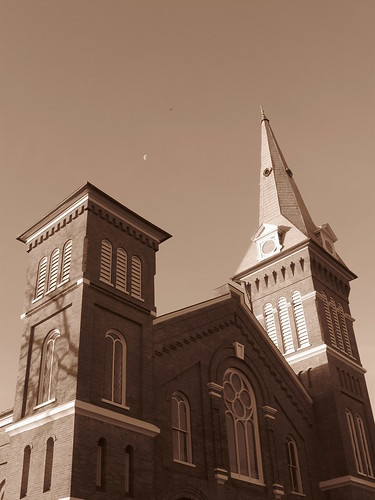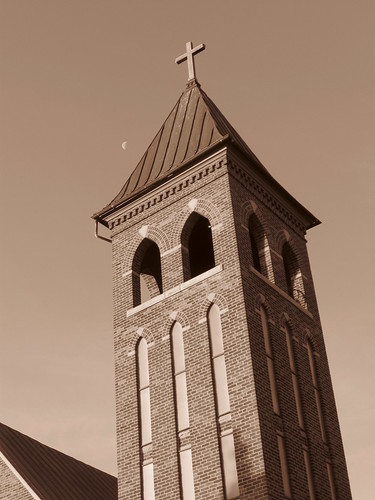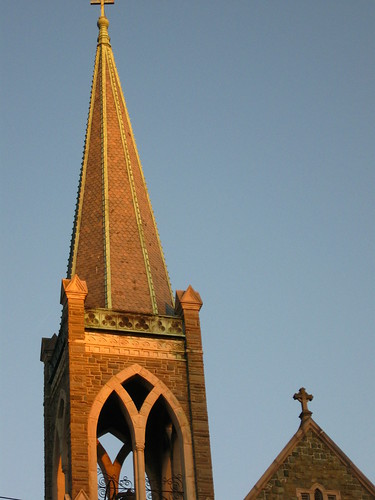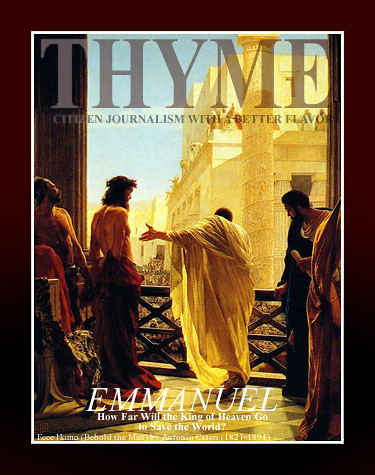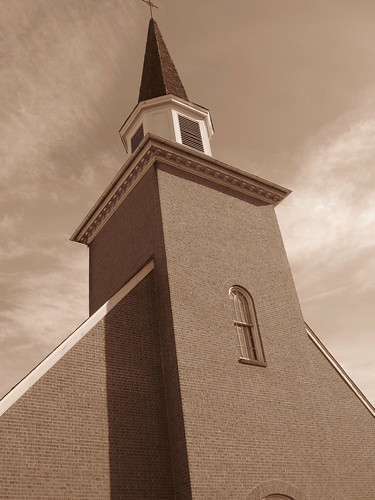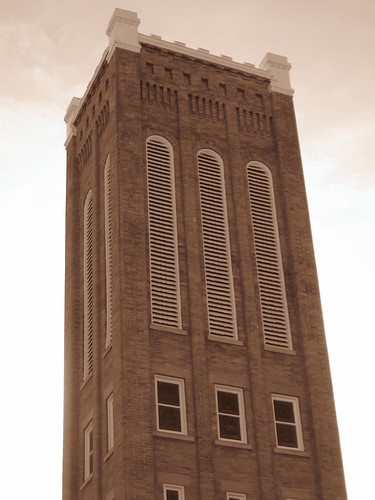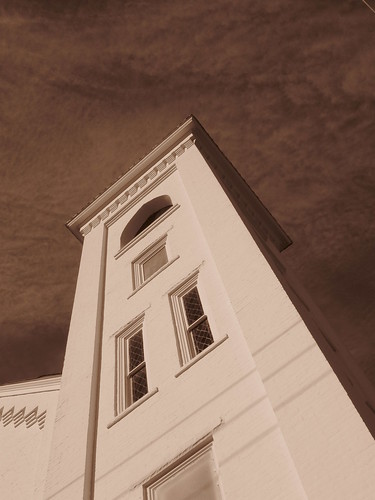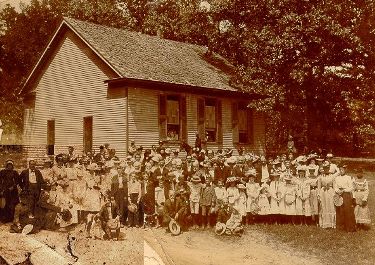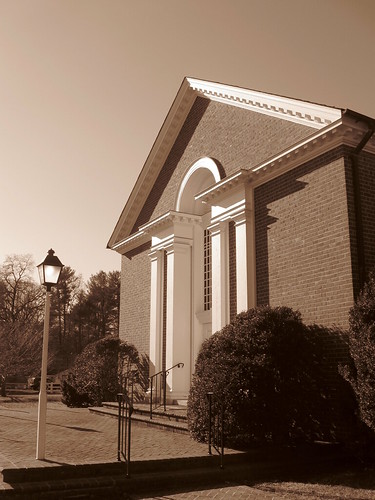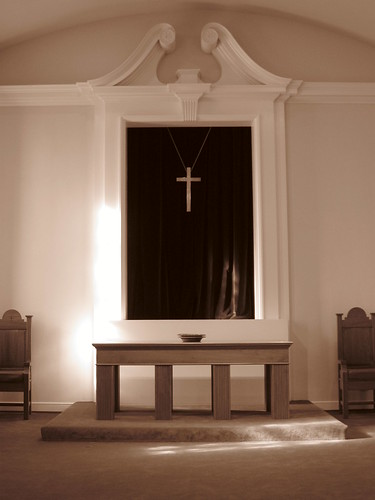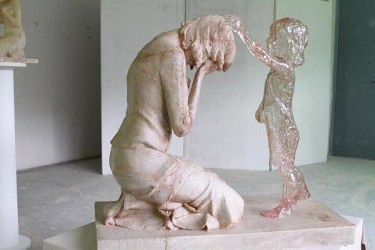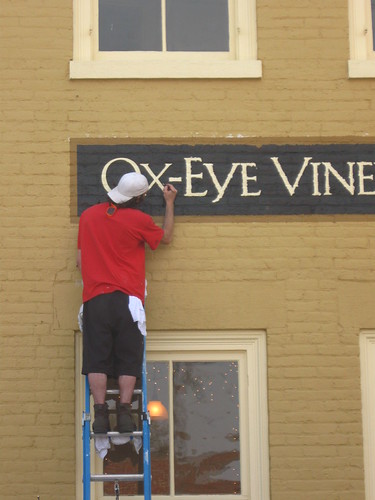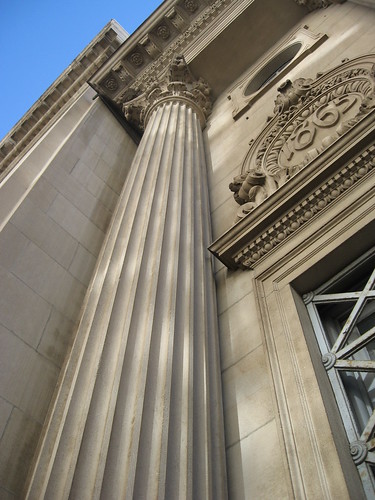
Volume V, Issue I
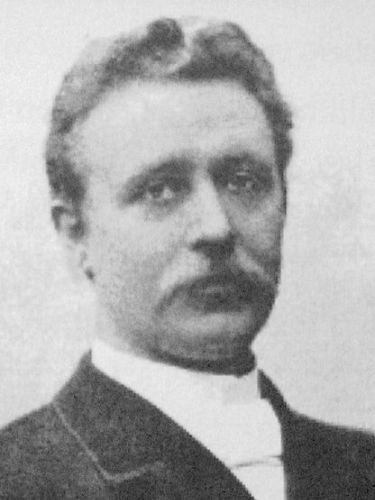
Carl Boberg.
He was 26 years old. The year was 1885. Carl Boberg, a Swedish minister, wrote a poem entitled, “O Store Gud”. Boberg’s poem was published in 1886. The title, “O Store Gud,” translated into English is “O Great G-d,” translated into English, it reads like this:
When I the world consider
Which Thou has made by Thine almighty Word
And how the webb of life Thy wisdom guideth
And all creation feedeth at Thy board.
Refrain:
Then doth my soul burst forth in song of praise
Oh, great G-d
Oh, great G-d.
Stuart K. Hine, who wrote the hymn "How Great Thou Art" that we recognize today, was an English missionary to Poland in the 1920s. Climbing through the Carpathian Mountains, his entourage was faced with a gathering storm. Inspired by "O Store Gud," he penned the first verse of the hymn we know today. The storm was so severe that the party could not travel further. Reaching a little village, they were given shelter by the local schoolmaster.
Traveling on into Romania and into Bukovina, Hine wandered forest glades with the young people in his company. Thus was born the second verse. The conversion of many people living in the Carpathian Mountains inspired the third verse and the fourth, speaking of Christ's triumphant return to Earth, was written when Hine returned to England.
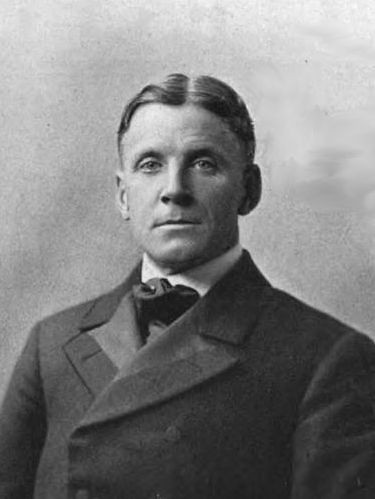
Maltbie Davenport Babcock.
Born in Syracuse, New York in 1858, Maltbie Davenport Babcock was the Pastor of a church in Lockport, New York. He often took long walks along the Niagra Escarpment, where he enjoyed the sweeping views of Lake Ontario. He would say to his wife Katherine: "I am going out to see the Father's World." Indeed, his walks with G-d in the beauty of Upstate New York inspired him to write the poem that became the great hymn. My beautiful wife was born in Syracuse, New York, though her Oklahoma accent, acquired in her childhood, makes that a well kept secret! She often hears me express a sentiment similar to Babcock's as I head for the Blue Ridge Mountains for the "Sunday Afternoon Walk."
Both hymns begin with an awe of G-d revealed in observation of nature. They build to an understanding of Christ's redemptive Love and rise to an expression of the triumphant Messiah establishing his rule and order on this Earth.
I have always loved the hymns these men wrote. The Hymns Project [click to read] was inspired by them. My friend and Colleague, Kristina Elaine Riley actually deserves the credit for first developing graphic expression for great hymns. Her work on Henry Alford's Come Ye Thankful People, Come [click to read] and Joy to the World [click to read] deserve recognition in their own right. The Hymns Project was an attempt to build a visual representation of the rich musical tradition began by Carl Boberg, Stuart K. Hine and Maltbie Davenport Babcock.

The Hymns Project.







